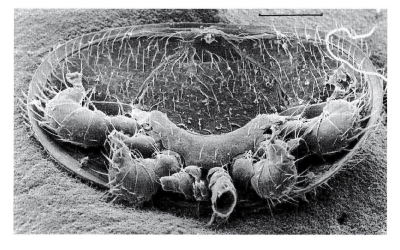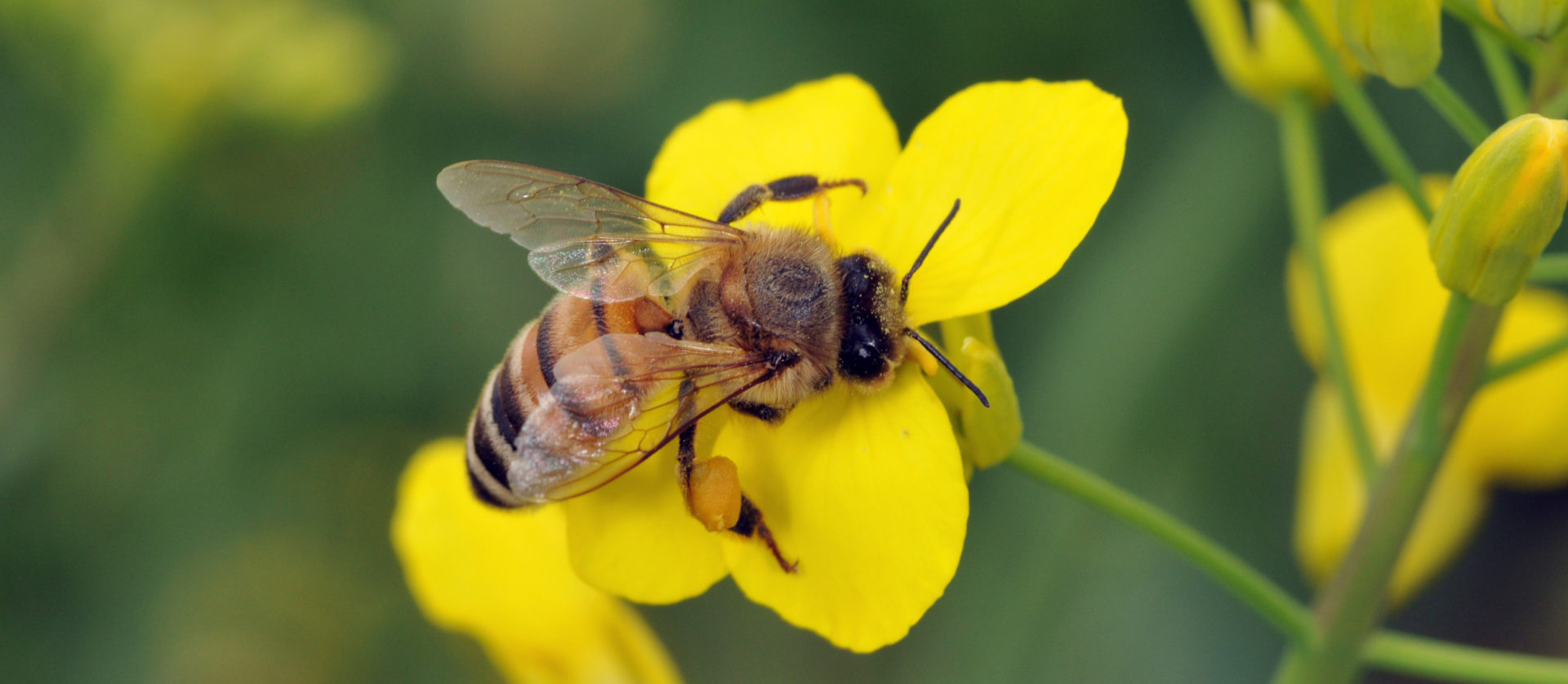In 1997 we launched a program to breed bees that were Varroa mite resistant. Our focus was largely on breeding for grooming behavior: we wanted to select for honey bees which clean themselves of phoretic Varroa. This behavior was tested by placing sticky-boards underneath the colonies to catch any fallen mites. In 2007, groomed mites were observed with their legs bitten off. This observation launched our on-going breeding efforts.

In most colonies, honey bees will (at very low frequency) bite Varroa. Biting behavior turned out to be heritable and an important means for honey bees to defend against Varroa. The Purdue honey bee lab has been selecting for mite biting since our initial observation in 2007. Then, an average of 3% of fallen mites had chewed legs. After artificially selecting for this behavior for over a decade, nearly 50% of fallen mites have chewed legs today.
Beekeepers who use our biting stock report higher yields and better survival. Our lab is actively engaged in both maintaining this line and researching the genetics, ethology, and evolution of this fascinating trait.
It takes a community-driven effort to continues the biting line at Purdue. Each year beekeepers from across North America gather at our lab and make instrumentally inseminated breeder queens. These are distributed through the Indiana Queen Breeders Association. We are grateful for their continued support on this project.
